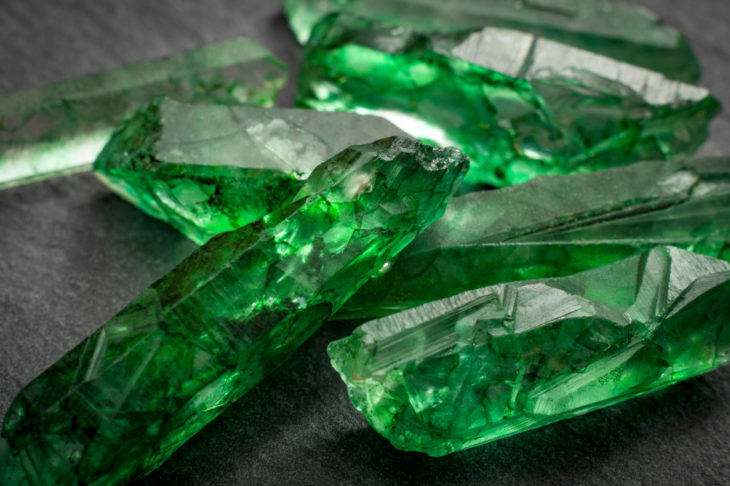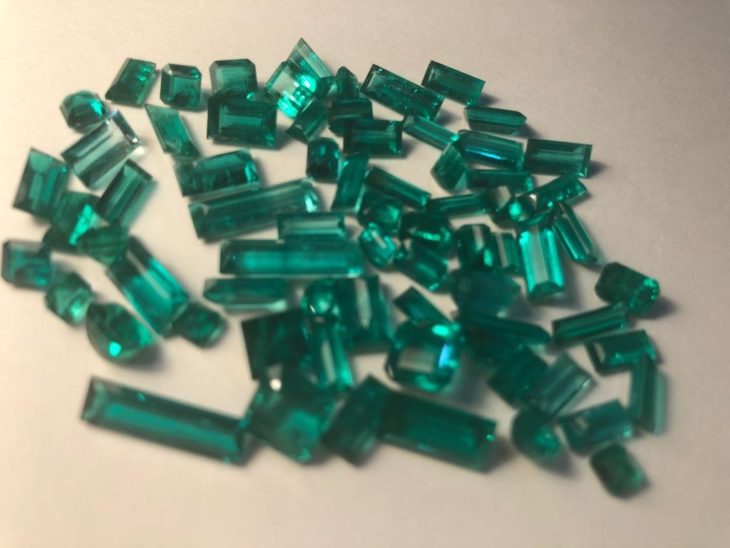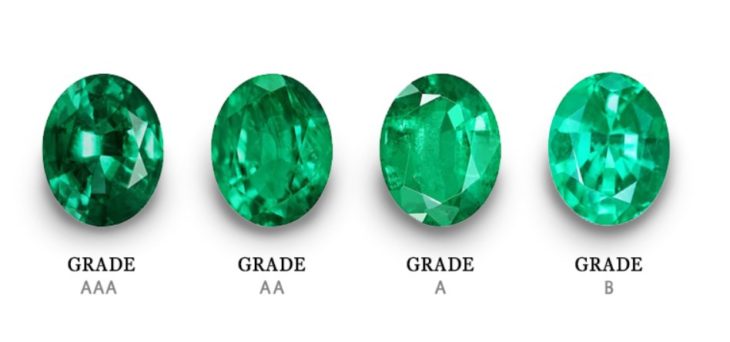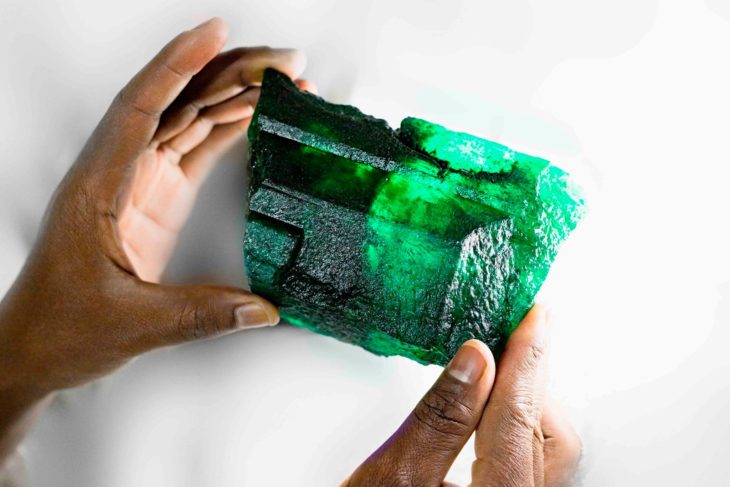Emerald is a striking gem known for its vibrant green color and high value. For centuries, it has been coveted for its beauty and commanding position in the planetary universe.
This jewel represents the planet of Mercury and offers many astrological benefits to its wearer. It is ideal for financial success and refined communications that can lead you higher in your profession.
You need the best quality to make the most of these astrological benefits. Here is a guide to help you buy the perfect one.

Source: Newsweek
Contents
A Pure and Vibrant Color
Since it is a highly valued colored gem, its color is the most important quality factor to pick the right one. The most desirable color is bluish to dark green with vivid saturation and medium shade.
In the high valued gems, the color is distributed evenly without any zoning. Never choose a crystal with a dull or limp color. The trace elements of iron, vanadium, and chromium cause color variations.
For quality assessment, the color of precious crystals is broken into three main classes.
- The hue is the type of color. The yellowish-green or bluish shade of green are the hues mostly preferred in natural jewels.
- Next is the shade of the color that can be light or dark. Natural jewels usually have a shade that falls between very dark and very light intensity of the hue. However, the shade is related to color saturation.
- Saturation is the intensity or strength of color. It can be dull, vivid, or pure vivid. For example, medium-dark green with dull saturation isn’t a good choice. You should instead look for a light green one with vivid saturation.

Source: Crosby Elements
Clarity Should Be Obvious
Like any other precious jewel, this gem fetches a much higher market price. That makes clarity another important factor to determine its quality. When it comes to that, remember, any natural rock has some inherent inclusions in it.
This gem also contains flaws that may be visible or not. Eye-clean rocks are considered to be a good option for astrological purposes as well. They are rare to find and carry a high price.
The inclusions are usually mossy in their looks. They are sometimes referred to as Jardin which means ‘garden’ in French. Choose the one in which you cannot see the inclusions or flaws with your bare eyes. Since transparency and clarity are relative, eye-visible inclusions are acceptable as long as they do not affect these two aspects.
Even if you find fissures or inclusions, determine their type to choose the right one. Don’t pick jewels having imperfections that look like bubbles or blotches. The GIA also classifies emerald in type III gemstone which means it comes naturally with inclusions.
Due to heavy inclusions, a rough rock sheds 80-95% of its weight to produce an eye-clean rock. This leads to a smaller supply and a bigger price tag.

Source: withclarity.com
Origin
Believe it or not, the origin is also an important quality factor for choosing gems. The mines where these jewels are found can influence their color and composition to a great extent.
Colombia is the leading producer of best quality emerald known for high saturation and perfect color. After Colombia, high-quality rock is also found in Zambia, Brazil, Afghanistan, Madagascar, and Russia.
Cut Should Be Properly Faceted
Cut refers to the shape, facet, depth, and width of the gem. When making cutting decisions, the depth of color and inclusions also matter a lot. Any mistake by the cutter can result in an improperly faceted rock that reduces its price as well.
An ideal cut is where the gem is symmetrical with uniform facets resulting in brilliant color. While a deep cut can make the light escape from the sides, a shallow cut causes the light to escape from the bottom. The rectangular ‘Cut’ is the ideal shape as it captures light in the best ways without losing the luster.
The factors that affect the cutting process are:
- A cutter needs to minimize the effects of inherent fractures or fissures.
- These jewels are quite brittle which makes them vulnerable to damage while cutting.
- Since color is a vital aspect, the cut should enhance its shade, saturation, and hue by adjusting the facets and proportions.
- Dichroism of crystals also makes the cutters orient the jewels in a way that its table comes perpendicular to the length. This results in an apparently brilliant bluish-green color.
The emerald cut is definitely the best on all these counts, but you can also choose oval or round cut stones for emerald jewelry.

Source: Business Insider Malaysia
Carat Weight Affects the Price
For the expensive stone like emerald, bigger is not always the better. Carat weight is an obvious standard for determining the emerald stone price. If all factors remain equal, a four-carat stone will carry more value than a one-carat stone. But carat is again relative to other quality factors like color and clarity.
There is no use of buying a dull green stone even if it is heavier in weight. Rather, choose a stone that has an excellent color quality even if it is smaller in size and weight. Remember, a one-carat gem-quality stone comes after shedding five tons of dirt and unwanted mineral. This causes a huge leap in the price of the gemstone.
On most of these counts, Colombian rocks come across as a brilliant choice if they are cut properly and available in the right carat weight. These stones have the right bluish-green color with perfect saturation and tone. Also, they are naturally eye-clean with uniform transparency. No wonder, the astrologers also recommend Colombian rock to improve your luck.
Apart from these quality factors, choose natural stones that are certified by an approved gemology lab. Also, determine the trust factor of the seller to make the right purchase. The vendor must provide you lab certificate and genuine catalogs. It is suggested to buy them from vendors like GemPundit who provide a genuine Gov Lab Certificate when you purchase their authentic natural gems.
